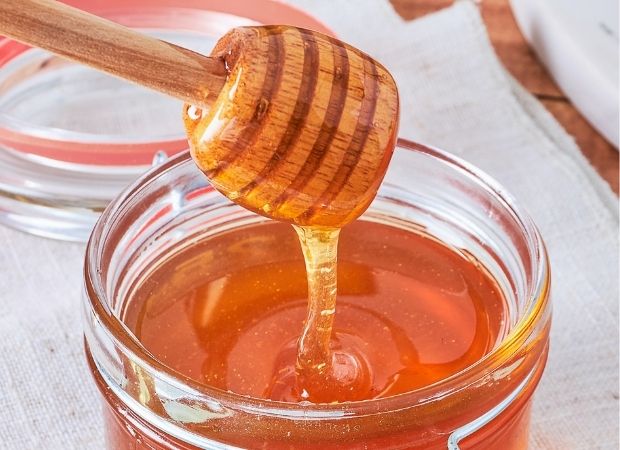Honey can be easily used as a substitute for sugar or sweeteners in baking, but always remember honey is sweeter and has a flavour of its own, which can have varying effects on your baking creations.
This sweet golden amber is often seen as superior to sugar as it’s packed with vitamins and minerals, is unrefined and all-natural, and goods baked with honey generally tend to stay moister for longer.
Honey can be mild or spicy, buttery, floral, fruity, botanical or woodsy, depending on the source of the nectar. It’s important to remember that each type of honey has a unique flavour. So, a good rule of thumb when swapping sugar out for honey is that the lighter the colour, the sweeter the honey and the milder the flavour.
4 tips for substituting sugar with honey when baking:
One cup of sugar equals one cup of honey
You can substitute equal parts honey for sugar or sweetener in a baking recipe, but remember honey is naturally sweeter than sugar, so if you prefer baked goods that aren’t overly sweet, best practice would be to substitute every 1 cup of sugar for 1/2 to 3/4 cup honey.
Honey is acidic and needs to be neutralised
For every 1 cup of honey used, you will need to add ½ teaspoon bicarbonate of soda to neutralise the acidity of the honey and help the baked goods rise to perfection.
Subtract liquids to minimise moisture
Honey adds additional moisture to a recipe, which is great for creating moist baked goods like breads, cakes, muffins and pies, but always subtract 1/4 cup of liquid elsewhere in the recipe for every full cup of honey used to avoid any baking flops.
Reduce oven temperature
Honey bakes and browns faster than sugar does, so remember to go low and slow – lower your oven temperature by 10–15 degrees to prevent over-browning. You can also pop some foil on top, if you notice your baked goods are browning too quickly.
RECIPE TO TRY: Apple and strawberry honey cake

